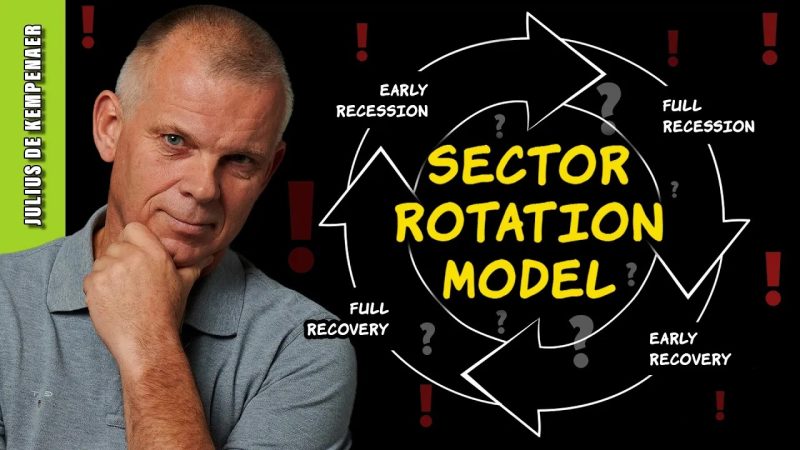Sector rotation in the stock market is a critical process that investors use to maximize their returns and manage risks effectively. The sector rotation model is a popular tool that aids in identifying which sectors are expected to outperform or underperform the market. However, recent signals have begun to raise concerns among investors, signaling a potential warning for the overall market.
The sector rotation model operates on the premise that different sectors perform better during specific phases of the economic cycle. By strategically adjusting investments between sectors, investors can capitalize on the market’s various stages, such as downturns, recoveries, or expansions. This proactive approach aims to enhance portfolio returns and mitigate losses during volatile market conditions.
Recently, the sector rotation model has been sending warning signals that indicate a potential shift in market dynamics. One of the critical warning signs is the discrepancy between sectors that are traditionally defensive, such as utilities and consumer staples, and those that are more cyclical, like technology and industrials. Historically, defensive sectors tend to perform well during economic downturns, while cyclical sectors thrive in times of economic expansion.
Another concerning signal is the divergence between growth and value sectors. Growth sectors, which include technology and healthcare, focus on companies with strong earnings growth potential, while value sectors, like financials and utilities, emphasize undervalued stocks based on fundamental metrics. The sector rotation model typically favors one style over the other based on the prevailing economic conditions.
Furthermore, geopolitical uncertainties, inflationary pressures, and global trade tensions have added complexity to the current market environment. These factors can influence sector performance and investor sentiment, leading to increased market volatility and potential stock price fluctuations. As a result, investors must closely monitor the signals from the sector rotation model to make informed decisions about their portfolio allocations.
In conclusion, the sector rotation model serves as a valuable tool for investors to navigate the complexities of the stock market and optimize their investment strategies. However, recent warning signals suggest potential shifts in market dynamics that could impact sector performance and overall portfolio returns. By staying informed and proactive, investors can adapt their sector allocations accordingly and mitigate risks during uncertain market conditions.



























